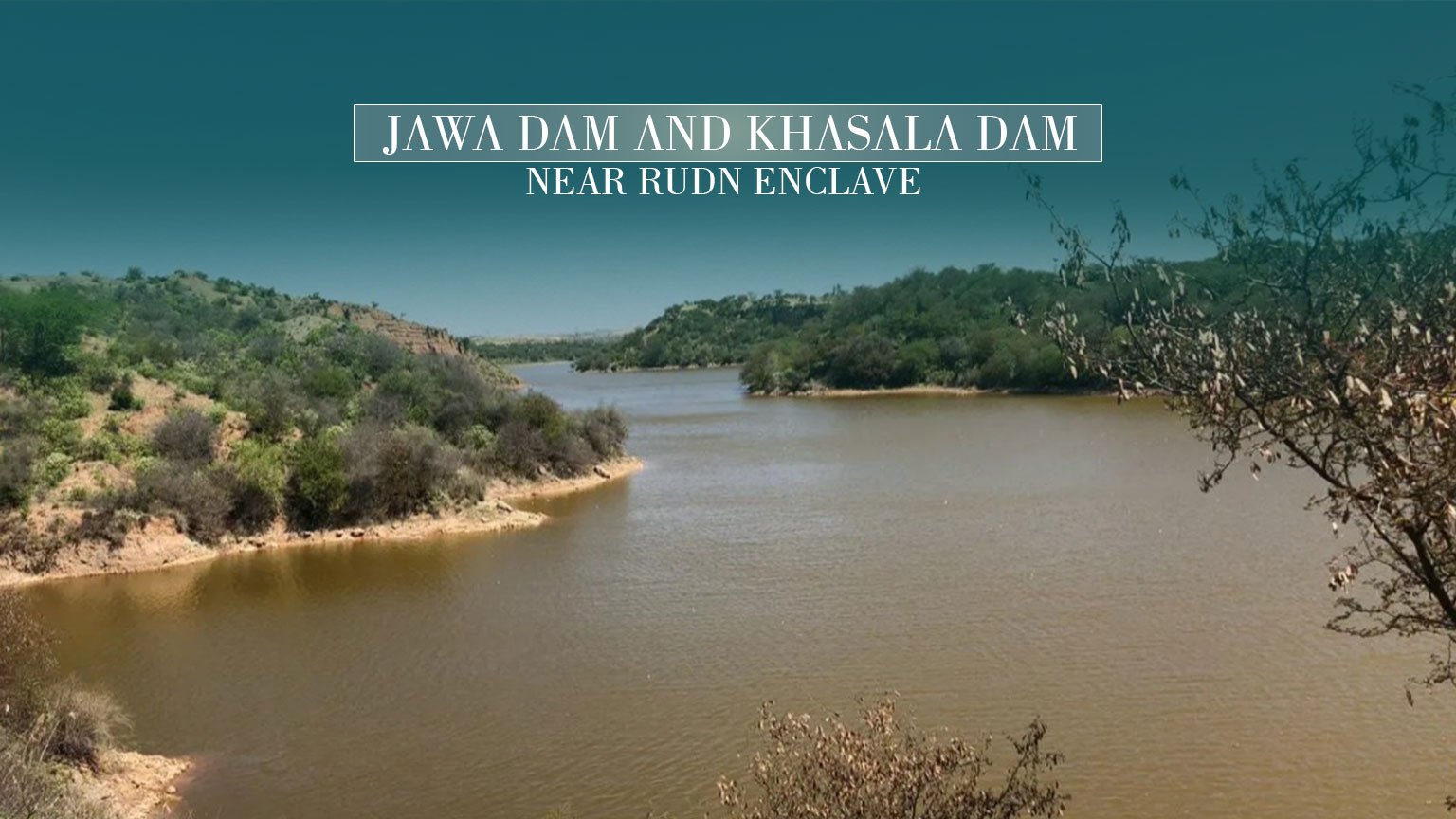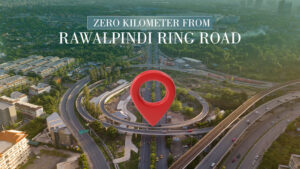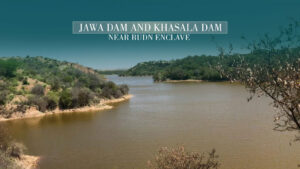Rudn Enclave is a mega housing project on Adyala Road, Rawalpindi, that offers a blend of modern living and natural tranquillity. The society is strategically located near two major dams, Jawa Dam and Khasala Dam, that provide a range of benefits to the residents.
In this blog post, we will explore how these dams enhance the lifestyle of Rudn Enclave residents and what challenges they face.
Table of Contents
ToggleWhat are the Jawa Dam and Khasala Dam?
Jawa Dam and Khasala Dam are two multipurpose dams that are situated on the Soan River and its tributary, the Khasala Khurd River, respectively.
They are part of the Rawalpindi Irrigation Project, which aims to provide irrigation water to the arid areas of Rawalpindi District. The dams also serve as sources of drinking water, hydroelectric power, and flood control.
Jawa Dam is 25 m high and has a gross reservoir capacity of 1,938,000 m 3 ¹. It was completed in 1962 and has a catchment area of 77 km. The dam has a power station with a capacity of 1.6 MW ¹.
Khasala Dam is a small-sized, rain-fed dam with a 2.98 MCM capacity ². It was completed in 1986 and has a catchment area of 28.5 km. The dam has a power station with a capacity of 0.4 MW ².
What are the benefits of living near these dams?
Living near these dams offers a number of benefits to the residents of Rudn Enclave, such as:
- Water supply: The dams provide a reliable and sufficient source of water for domestic, agricultural, and industrial purposes. The residents do not have to worry about water shortages or contamination, as the dams ensure the quality and quantity of water supply.
- Irrigation: The dams enable the cultivation of crops and orchards in the surrounding areas. This not only improves the food security and income of the farmers but also adds to the aesthetic appeal and greenery of the society.
- Recreation: The dams offer a variety of recreational opportunities for the residents, such as boating, fishing, picnicking, and sightseeing. Additionally, the dams also create a serene and scenic environment, where the residents can enjoy the fresh air and the natural beauty.
- Power generation: The dams produce hydroelectric power, which is a clean and renewable source of energy. The residents can benefit from the low-cost and uninterrupted electricity supply, which reduces their dependence on fossil fuels and minimizes their carbon footprint.
What are The Issues Faced By the Residents or The Authorities Regarding These Dams?
Despite the benefits, living near these dams also poses some challenges or issues for the residents or the authorities, such as:
- Maintenance: The dams require regular maintenance and repair to ensure their structural integrity and operational efficiency. The residents or the authorities have to bear the cost and responsibility of maintaining the dams, which can be a burden in times of financial constraints or natural disasters.
- Security: The dams are vulnerable to sabotage or terrorism, which can endanger the lives and property of the residents. The residents or the authorities have to ensure the security and surveillance of the dams, which can be a challenge in times of political instability or social unrest.
- Environmental impact: The dams can have adverse effects on the environment, such as altering the natural flow and ecology of the rivers, affecting aquatic life and biodiversity, and creating waterlogging and salinity problems. The residents or the authorities have to take measures to mitigate the environmental impact of the dams, which can be a challenge in times of climate change or resource scarcity.
- Social conflicts: The dams can create social conflicts among the stakeholders, such as the upstream and downstream users, the local and non-local communities, and the public and private sectors. The residents or the authorities have to resolve the social conflicts over the dams, which can be a challenge in times of legal disputes or ethical dilemmas.
What are Some Suggestions For Improving The Problems Related to These Dams?
To improve the situation or resolve the problems related to these dams, some suggestions or recommendations are:
- Community involvement: The residents or the authorities should involve the local community in the planning, management, and monitoring of the dams, to ensure their participation, ownership, and accountability. The residents or the authorities should also educate and empower the local community to protect and conserve the dams, to ensure their sustainability and resilience.
- Awareness campaigns: The residents or the authorities should conduct awareness campaigns to inform and sensitize the public about the benefits and challenges of the dams, to ensure their appreciation and understanding. The residents or the authorities should also promote and facilitate the exchange of information and knowledge among the stakeholders, to ensure their collaboration and cooperation.
- Policy changes: The residents or the authorities should advocate and lobby for policy changes to improve the legal and institutional framework of the dams, to ensure their regulation and governance. The residents or the authorities should also implement and enforce the existing policies and laws related to the dams, to ensure their compliance and accountability.
- Technical solutions: The residents or the authorities should adopt and apply technical solutions to improve the design and performance of the dams, to ensure their efficiency and reliability. The residents or the authorities should also innovate and develop technical solutions to address the environmental and social issues related to the dams, to ensure their compatibility and acceptability.
Conclusion
Jawa Dam and Khasala Dam are two important assets for the residents of Rudn Enclave, as they provide a range of benefits to enhance their lifestyle. However, living near these dams also entails some challenges or issues that need to be addressed and resolved.
The residents or the authorities should take proactive and collaborative steps to improve the situation or resolve the problems related to these dams, to ensure their optimal utilization and preservation.







